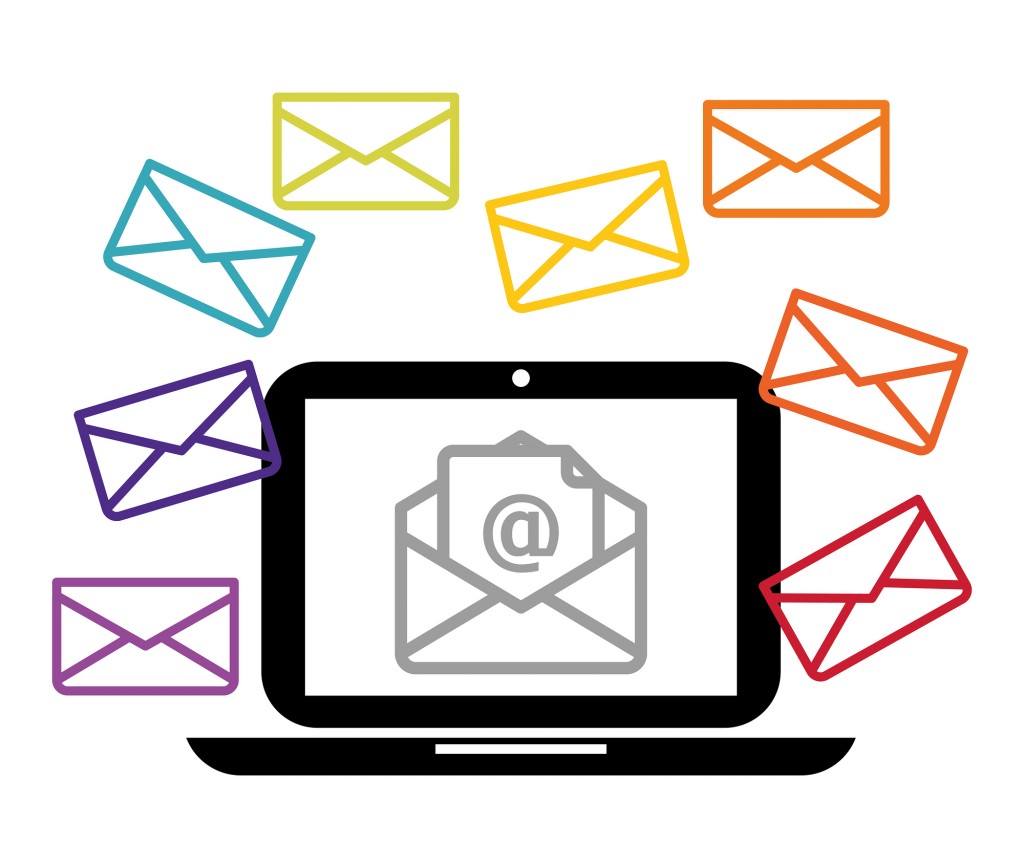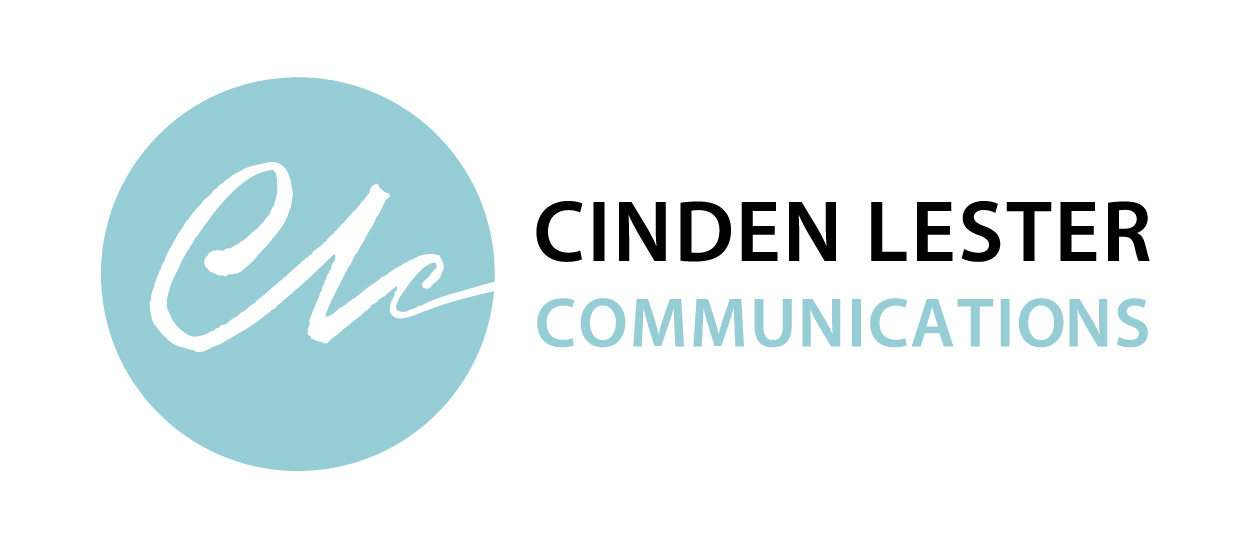 A few weeks ago, totally out of blue, my smartphone stopped working. No warning, no reason, no response. Just stopped.
A few weeks ago, totally out of blue, my smartphone stopped working. No warning, no reason, no response. Just stopped.
Enter the ‘loan phone’. A dinosaur of thing that didn’t do emails, couldn’t surf the web and barely managed texts. For two weeks I limped along with my not-smartphone, disconnected from the constant flow of emails when not at my desk.
And you know what? Once the initial panic subsided, it wasn’t all bad. No shooting off hasty text-style replies on the hop. No quickly scanning for new messages that then become a distraction from the task at hand. No checking emails in the wee small hours when insomnia strikes.
This unexpected email speed bump made me think about how this form of communication can dominate our time.
Yes, emails are essential for the way we do business today. In fact, we send and receive around 120 work emails a day. That’s more than 108 billion business emails whizzing around the globe on a daily basis. As if this isn’t enough, email use in the business sector is increasing and expected to exceed 139.4 billion a day by 2018.
But how many of the emails that land in your inbox are clear, relevant, useful and easy to translate into actions?
Thought so…
You’re not alone. One survey found that 64% of people have sent or received emails that cause unintended anger or confusion.
Here are 10 common culprits you might recognise, followed by some tips on how to improve your email persona.
The Rambler. This one meanders around so much that by the time you get to the end—if you get that far—you still don’t understand the point.
The Agatha. A mystery writer, this one, providing no clues (or only red herrings) in the subject line.
The Quick-draw. This one sends off a rapid-fire reply without thinking. Then another. And another.
The Scorpion. Watch out for the sting in the long email tail that hasn’t been deleted before forwarding.
The Over-sharer. Just that bit too much personal, sensitive or offensive information.
The Over-sized. This one lumbers along in the slow lane, overloaded with too many attachments or overlarge files.
The AWOLer. No ‘out of office’ message, but no reply either…for days.
The Reply-all-er. Do they really have to do that?
The Oops. Typos, spelling mistakes, sloppy sentences. Not a good look (in fact 80% of respondents in one study found spelling and grammar errors the most unacceptable email offences).
The Onesie. The all-in-one might look cute on toddlers, but it doesn’t work when there are just too many different subjects packed into one email. It’s easy to miss something important.
Try these suggestions to avoid those common culprits and spruce up your emails to get better outcomes.
Cut the clutter. You can be brief and clear about what you’re asking someone to do, while still being polite. Use everyday words in short sentences. For example, instead of: ‘After our meeting finished (what was going on with Carol by the way?) I was reading through your brief and just wondering if you thought of including xyz…?’ aim for something like: ‘Thanks for the brief, it reads well. Can you please include a short paragraph on xyz on page x? Then we can send it to Carol by COB as requested’.
Stick to the topic. Another way to keep your emails brief is to stick to one topic per email. Several short emails with specific subject lines (see below) are easier to action and file than a long and complicated Onesie that jumps around from topic-to-topic.
Use your subject line wisely. Subject lines such as ‘What do you think about these report cover options?’ or ‘Draft Chapter 1 attached for comment’ are more informative than something vague like ‘Your thoughts?’ or a reply to an earlier, unrelated email such as: ‘Re: This week’. (Note, you can edit the subject line if you do need to reply to an earlier email but want to highlight a specific point.)
Make your emails ‘scannable’. Emails are a form of on screen content, so make them easy to scan with short paragraphs, headings and bullet points or numbered lists.
Consider your content. Remember, emails are an official form of information subject to FOI and leaks (as well as the Scorpion accidentally sharing the email history with a wider audience). So only include information you would be comfortable saying in person and in public.
Consider your audience. Only send or reply to the people who really need to know or take action.
Consider your tone. With no body language to help interpret our mood when we send an email, our tone can sometimes be misinterpreted (we might come across as detached or abrupt, for example, without meaning to). Be mindful of tone as you write.
Proofread. Check and correct typos, spelling errors and punctuation mistakes before you send.
Respond in a timely way. Most people expect quick replies to emails. Decide on your response policy. This might depend on the urgency or the sender. You may usually reply immediately, within an hour, within half a day or within 24 hours. Or you may send a ‘holding reply’ to acknowledge receipt while you consider a proper response. Use an automatic out of office system when you know you’ll be unable to respond within your normal time frame.
Pick up the phone or go for a walk. Email is not always the most appropriate way to communicate, especially about personal or sensitive topics.
Here’s a neat idea. Limit your emails to just five sentences. Reckon you can do it?
Entrepreneur Guy Kawasaki says ‘Less than five sentences is often abrupt and rude, more than five sentences is a waste of time’.
To write an email of five sentences or less, answer these five simple questions for the recipient:
- Who are you? (If they don’t already know you.)
- What do you want?
- Why are you asking me?
- Why should I do what you’re asking?
- What is the next step?
That’s all an intelligent and reasonable person needs to know to make a decision.
The exception: when you want to praise the recipient, go on as long as you like.
| Cinden Lester has more than 25 years’ experience as a professional writer, editor and communications specialist. She worked as a broadcast journalist, in private sector marketing and public relations, and in government communications before establishing her own Canberra-based communications consultancy in 2000.
Contact Cinden if you’d like help with your writing. |

